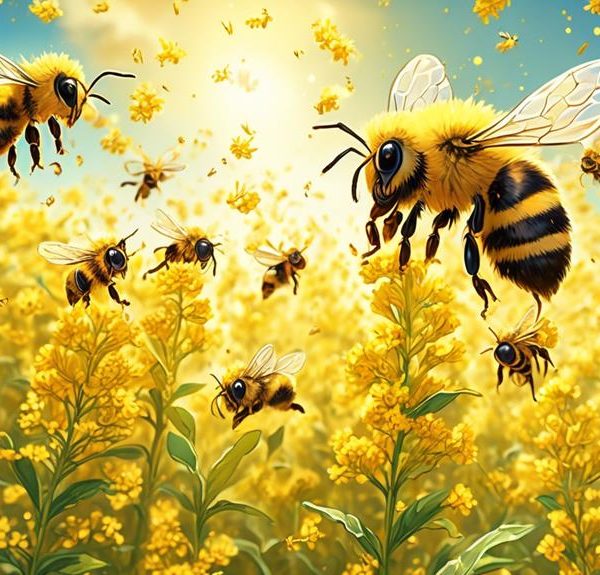An intriguing exploration into whether cedar wood is a favoured environment for bees, uncovering scientific, anecdotal, and practical perspectives.
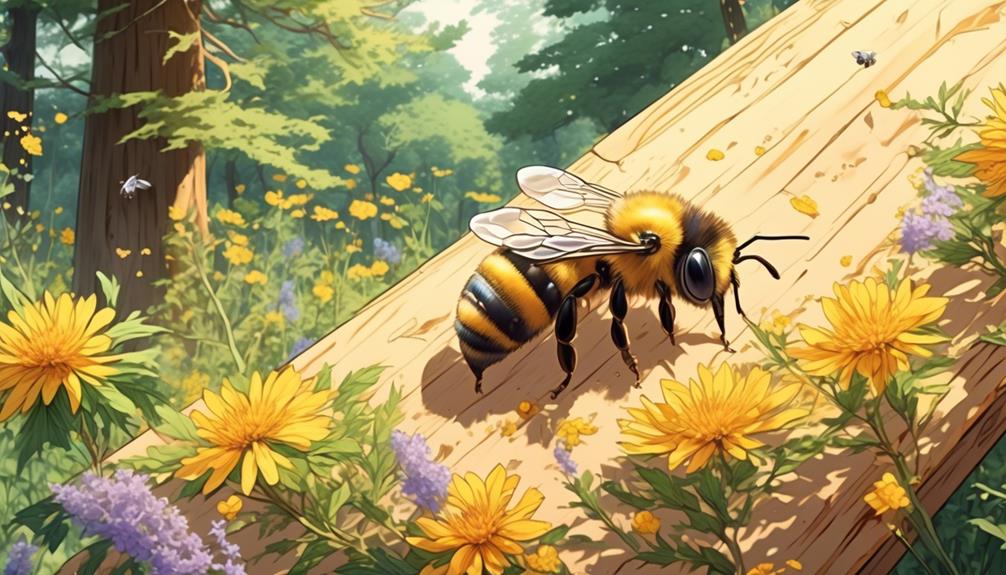
Do Bees Like Cedar Wood?
Have you ever pondered what really makes bees buzz with delight? You're not alone in this curiosity. Many have speculated whether bees have a preference for certain types of wood, such as cedar.
It's widely known that bees have certain proclivities when it comes to their environment, but does cedar wood figure into their likes and dislikes? Let's unravel this enigma together, as we explore the scientific, anecdotal, and practical aspects of this intriguing question.
Key Takeaways
- Bees primarily use olfactory and visual signals for navigation and resource location.
- Bees exhibit aversion to cedar wood due to its aromatic compounds, perceiving them as repulsive and potentially toxic.
- Cedar wood's natural oils repel insects, including bees, making it a preferred choice for outdoor structures.
- Anecdotal evidence suggests that cedar hives may lead to colony collapse and lower honey yield, potentially due to bees trying to mask the cedar scent with propolis.
Understanding Bee Preferences
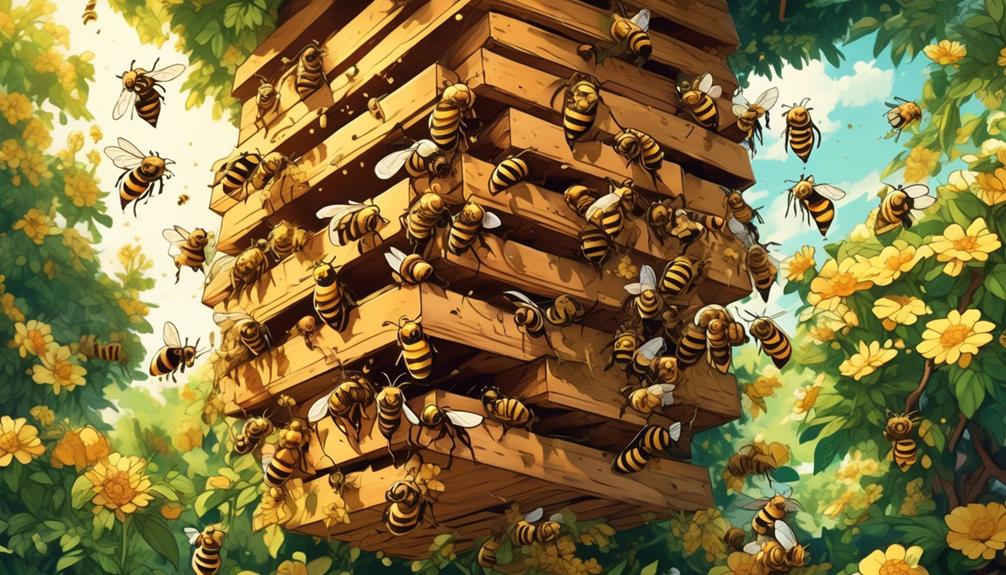
To comprehend the predilections of bees, you must delve into their sensory world and understand their attraction or repulsion to certain materials, such as cedar wood.
Apis mellifera, or the honey bee, primarily uses olfactory and visual signals for navigation and resource location. Their antennae, laden with thousands of olfactory receptors, are sophisticated tools in sniffing out their preferred materials.
When it comes to cedar wood, bees exhibit a certain aversion, which is rather intriguing. Researchers believe this is due to the potent aromatic compounds found in cedar, such as thujone and cedrol. These compounds are perceived as repulsive by bees, likely due to their toxicity. It's a testament to their evolved sensory system that can detect potentially harmful substances, thereby ensuring their survival.
However, it's important to note that bees' preferences can vary based on numerous factors, including individual genetic makeup, environmental conditions, and exposure to certain substances. Thus, while cedar wood is generally unwelcome, there could be exceptions.
The Allure of Cedar Wood
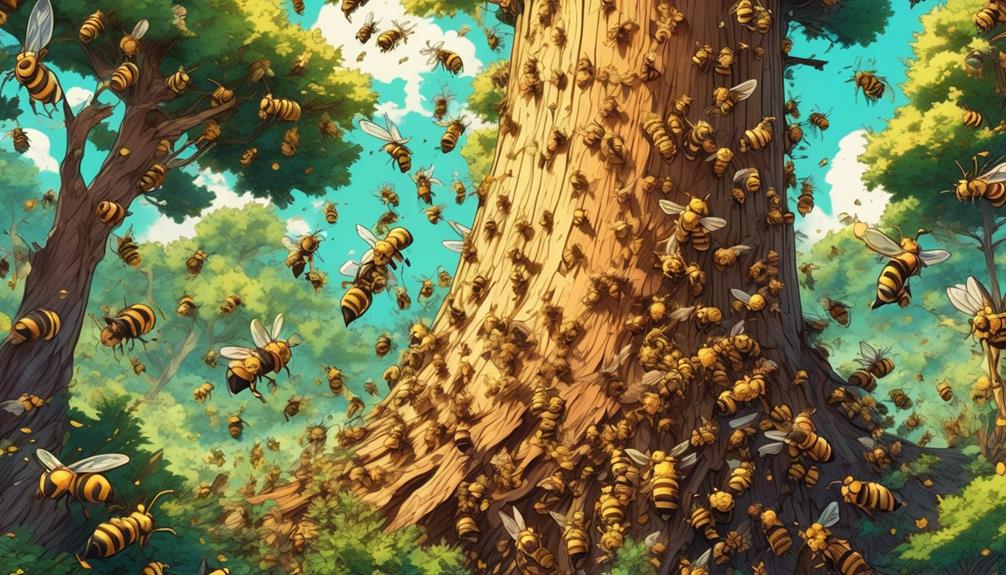
While bees may find the potent aroma of cedar wood repulsive, humans have long been drawn to this timber's natural resilience and pleasing fragrance. Cedar wood's allure isn't merely aesthetic. It's also scientific. Its oil, which repels many insects, including bees, is a natural preservative that enhances the wood's durability.
Cedar's natural resilience is due to the presence of oils that act as a deterrent to insects and help prevent decay. This quality extends the wood's lifespan, making it a preferred choice for outdoor furniture and structures. You'll often find cedar used in decks, fences, and shingles because of its ability to withstand the elements and resist decay.
The pleasing aroma of cedar wood, on the other hand, originates from these same oils. This scent, while repugnant to bees, is appealing to humans. In fact, it's often utilized in aromatherapy for its calming and soothing effects.
Scientific Studies on Bees and Cedar
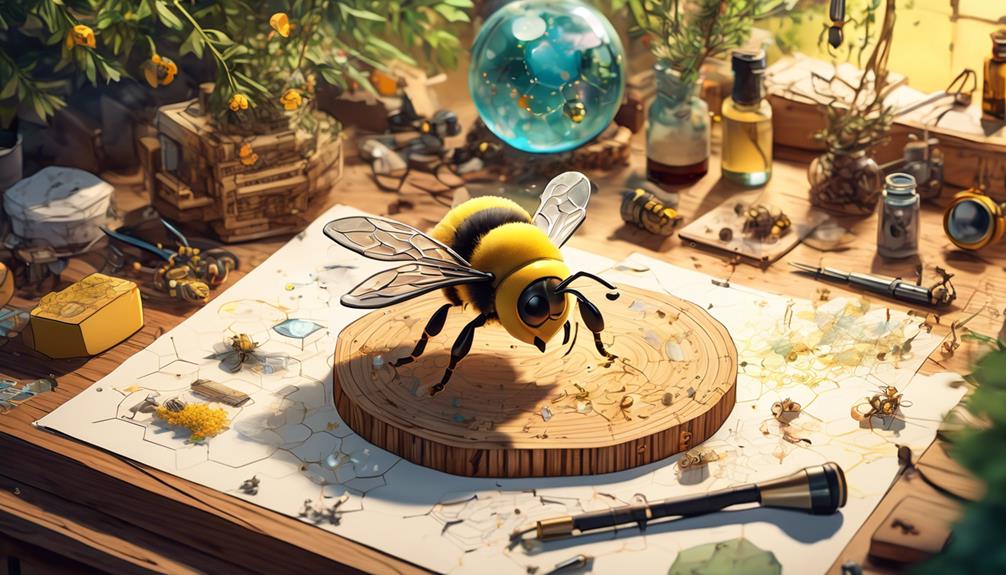
Now, let's explore the scientific studies that have sought to understand more deeply the aversion bees have towards cedar wood. Numerous scientific investigations have been conducted, primarily focusing on the behavioral responses of bees to different types of wood.
One such study revealed that bees tend to avoid cedar wood due to its pungent aroma. This characteristic smell is a result of natural oils present in cedar wood, which are known to repel insects, including bees. Another study focused on the effect of cedar wood's texture on bee behavior. It was found that bees prefer smoother surfaces, unlike the rough texture of cedar.
To emphasize these points, let's look at the table below:
Study Focus | Findings |
|---|---|
Cedar Wood Smell | Bees avoid due to the pungent aroma |
Cedar Wood Texture | Bees dislike the rough texture |
Natural Oils in Cedar | Acts as a natural insect repellent |
Bee Behavioral Response | Preference for non-cedar surfaces |
These studies provide valuable insights into why bees show an aversion to cedar wood. By understanding these behaviors, you can make informed decisions about the materials you use in areas where bees are present.
Anecdotal Evidence From Beekeepers
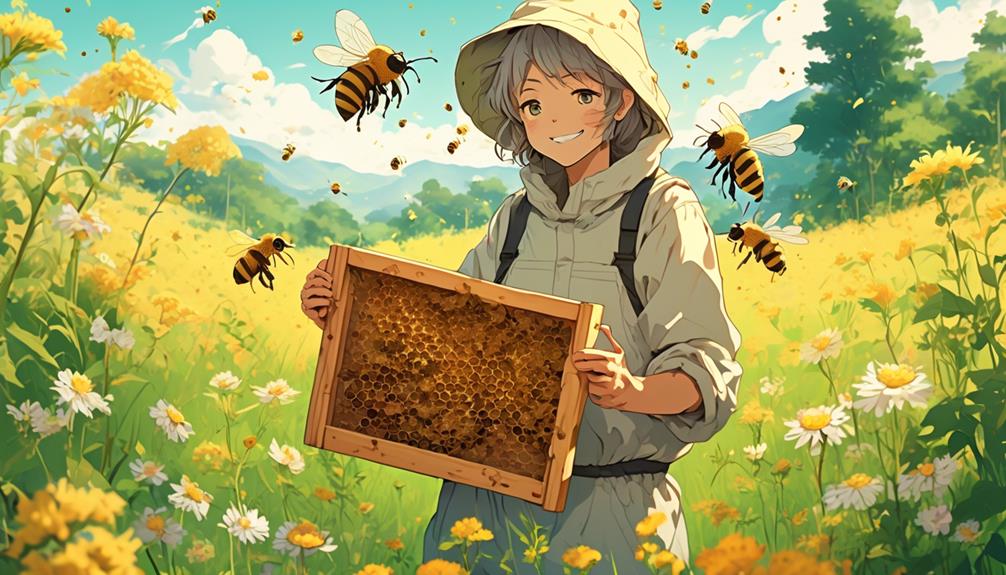
In the realm of practical beekeeping, numerous anecdotal accounts corroborate the scientific findings regarding bees' aversion to cedar wood. You'll find that seasoned beekeepers often steer clear of cedar when choosing hive materials.
Their stories recount experiences of bees vacating cedar hives, or showing signs of distress when cedar is introduced. Some go as far as to suggest that cedar hives may even lead to colony collapse. This lends credibility to the theory that bees find the scent of cedar repellant.
Additionally, beekeepers frequently report a lower honey yield from cedar hives. This is attributed to the bees spending excess energy on trying to mask the cedar scent with propolis, a resin-like substance bees produce. It's this behavior that suggests a negative response to cedar.
However, while these accounts are compelling, remember they're largely unverified. That's not to say they're invalid, but they should be balanced against rigorous scientific data. After all, anecdotal evidence, although insightful, isn't a replacement for empirical research.
Potential Concerns With Cedar
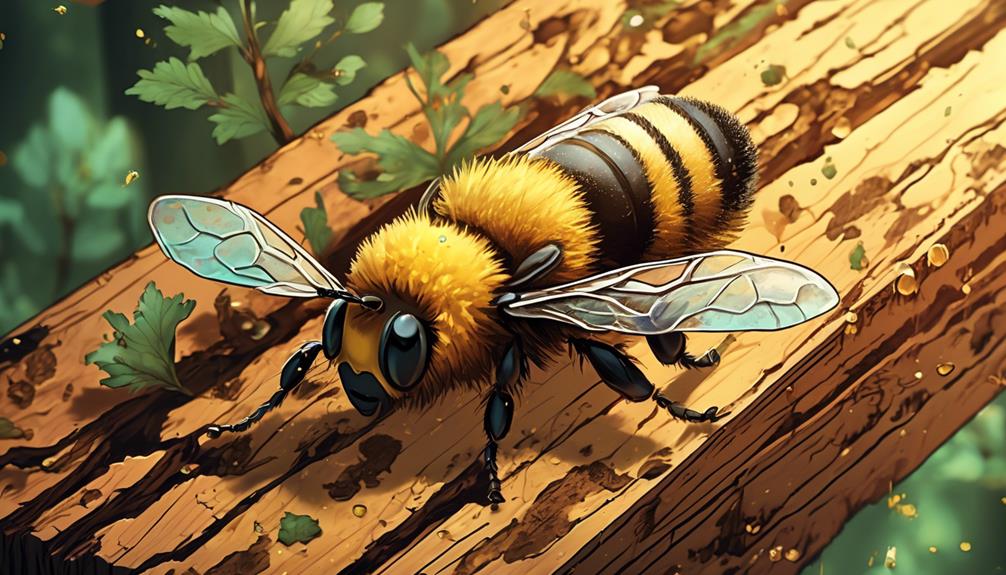
You might wonder about the potential risks of using cedar in beekeeping, given its apparent unpopularity among bees. Some studies suggest that cedar's naturally aromatic oils, specifically thujaplicins and phenolics, can repel bees. This repelling effect could potentially disrupt the bees' normal activities, causing undue stress.
Additionally, the unique cellular structure of cedar wood might make it less than ideal for hive construction. Its dense, closed-cell structure can affect the hive's ventilation, making it harder for bees to regulate their hive's temperature. This could adversely affect brood rearing, particularly in the cold winter months when maintaining a stable hive temperature is critical.
Further, research shows that cedar wood is naturally resistant to decay and pests, which might sound like an advantage. However, this resistance is due to toxic compounds that can potentially harm your bees if they're exposed to high concentrations over time.
While cedar's durability and pest-resistant properties might be tempting, it's important to consider these potential concerns. Your choice of hive material could significantly impact the health and productivity of your bee colony. It's essential to weigh these risks against any potential benefits before deciding.
Strategies for Attracting Bees
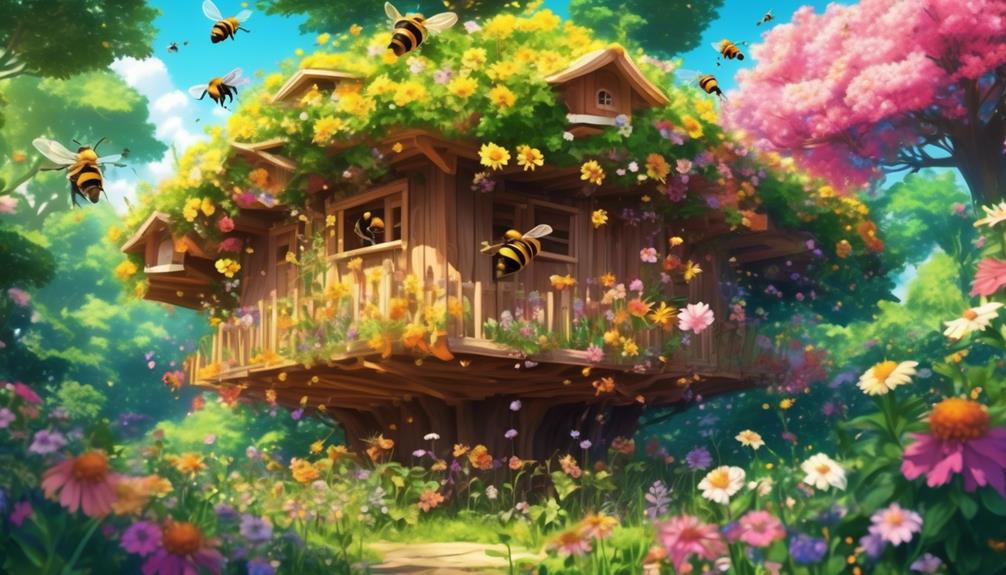
Despite cedar wood presenting certain challenges, there are several effective strategies that can substantially increase your chances of successfully attracting bees to your hive. Firstly, ensure your hive is placed in a sunny location, preferably facing southeast or south. Secondly, provide a variety of flowering plants nearby, as bees are attracted to diverse food sources.
Additionally, maintaining a water source like a birdbath or a pond nearby can be beneficial. Lastly, consider applying a bee attractant to your hive, such as lemongrass oil, which mimics the pheromones of a queen bee.
Below is a table summarizing these strategies, which can evoke emotions of hope and optimism in your quest to attract bees:
Strategy | Purpose |
|---|---|
Sunny Location | Encourages bee activity |
Diverse Flowers | Provides varied food source |
Water Source | Fulfills hydration needs |
Bee Attractant | Mimics queen bee pheromones |
Frequently Asked Questions
How Can I Build a Cedar Wood Bee House for My Garden?"
You're keen on creating a bee house from cedar wood for your garden? Great!
First, gather your materials: planks of cedar wood, a saw, drill, screws, and various sized drill bits.
Cut your planks to construct a box.
Drill holes of varying sizes into one side for the bees.
Secure the structure with screws.
Remember, the house should face southeast and be off the ground.
You've created a cedar haven for bees!
What Other Types of Wood Do Bees Prefer Apart From Cedar?"
You're wondering about other woods bees may prefer, not just cedar.
Well, bees aren't picky about wood types. They'll inhabit pine, oak, or even plywood. However, they do have a slight preference for older, weathered wood, as it's easier for them to burrow into.
Are There Any Specific Types of Bees That Are Attracted to Cedar Wood More Than Others?"
You're curious if certain bees favor cedar over other woods.
No specific species has shown a preference.
However, bees are generally attracted to trees with cavities, like cedar, for nesting.
It's more about the tree's structure than the type of wood.
Also, cedar's natural resistance to decay can make it more appealing, as it provides a longer-lasting home.
But remember, bees' attraction to a particular wood can be influenced by many factors.
What Are Some Other Methods to Attract Bees to My Garden Apart From Using Cedar Wood?"
You're interested in attracting bees to your garden, right? Well, there's more than just cedar wood to consider.
Planting a variety of bee-friendly flowers can be highly effective. They're particularly drawn to blue, purple, and yellow blooms.
Don't forget about providing a water source, too. Bees need to stay hydrated!
Lastly, avoid using pesticides. They're harmful to bees and may deter them from visiting your garden.
Can the Smell of Cedar Wood Have Any Negative Effects on Bees?"
You're wondering if the aroma of cedar wood could harm bees. There's no concrete scientific evidence suggesting that cedar's scent negatively affects bees. However, it's worth noting that strong odors can sometimes disorient bees, affecting their ability to navigate.
Conclusion
In conclusion, it's clear that bees aren't particularly drawn to cedar wood. Scientific studies and beekeeper anecdotes both confirm this.
However, this doesn't mean cedar is harmful. It's just not their preferred material.
If you're looking to attract bees, try other strategies like planting bee-friendly flowers.
Remember, understanding and respecting their preferences is key to promoting a healthy bee population.

